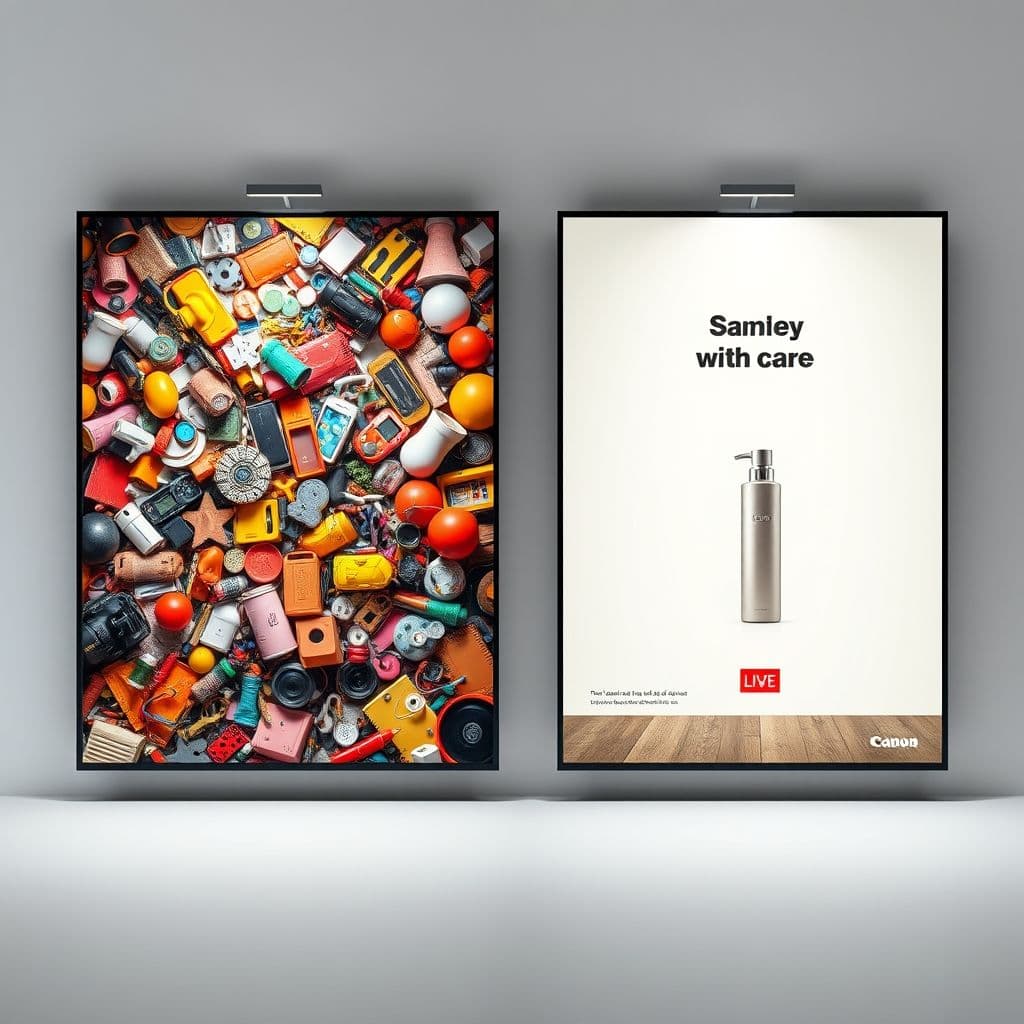Why Glossier's Ad Failed and How AI Could Fix Advertising Creativity

Glossier's recent ad campaign was pulled after just 11 days, and the reasons behind its failure highlight a common pain point in digital advertising: ineffective creative strategy. Users criticized the ad for being visually cluttered, unclear, and lacking focus. But what if there was a SaaS solution to help marketers avoid these pitfalls? Let’s dive into the problem and explore a hypothetical AI-powered tool that could revolutionize ad creativity.
The Problem: Why Ads Fail
The Glossier ad failed for two main reasons: visual overload and unclear messaging. Users couldn’t pinpoint the product’s purpose, and the chaotic imagery (like gummy bears 'running away from an explosion') distracted from the core message. This isn’t an isolated issue—many brands struggle with ads that feel AI-generated, overcrowded, or underwhelming. The result? Wasted ad spend, low engagement, and frustrated marketers.

The SaaS Idea: AI-Powered Ad Optimization
Imagine a SaaS platform that analyzes ad creatives in real time, using AI to predict engagement and clarity. This tool could scan visuals for clutter, assess messaging clarity, and even simulate user reactions before the ad goes live. Key features might include: A/B testing for visuals, heatmaps for attention focus, and sentiment analysis on mock feedback. By identifying problems early, marketers could refine their ads to be more effective and on-brand.
For example, the platform could flag the Glossier ad for 'visual noise' and suggest simplifying the composition. It might also detect that the product’s purpose was unclear and recommend adding a concise headline or closer product shot.

Potential Use Cases
This tool could benefit small businesses lacking design teams, agencies managing multiple campaigns, or even social media managers under pressure to produce high-performing creatives. For instance, a startup could use it to test ad variations before spending on campaigns, while a seasoned marketer might leverage it to validate gut instincts with data.
Conclusion
The Glossier ad failure underscores a widespread challenge in advertising: creating visuals that are both engaging and clear. While no tool can replace human creativity, a hypothetical SaaS solution powered by AI could provide the feedback loop marketers need to avoid costly mistakes. Would you use a platform like this? Share your thoughts in the comments!
Frequently Asked Questions
- How would this SaaS tool differ from existing ad analytics platforms?
- Unlike traditional analytics that focus on post-campaign data, this tool would predict problems before launch, using AI to simulate user reactions and suggest creative improvements in real time.
- Could this tool replace human designers?
- No—it would augment human creativity by providing data-driven insights, helping designers and marketers make informed decisions about visuals and messaging.
- What’s the biggest barrier to developing this idea?
- Training AI to accurately assess subjective qualities like 'visual clutter' or 'emotional appeal' would require vast datasets and nuanced algorithms, making it a complex but not impossible challenge.


